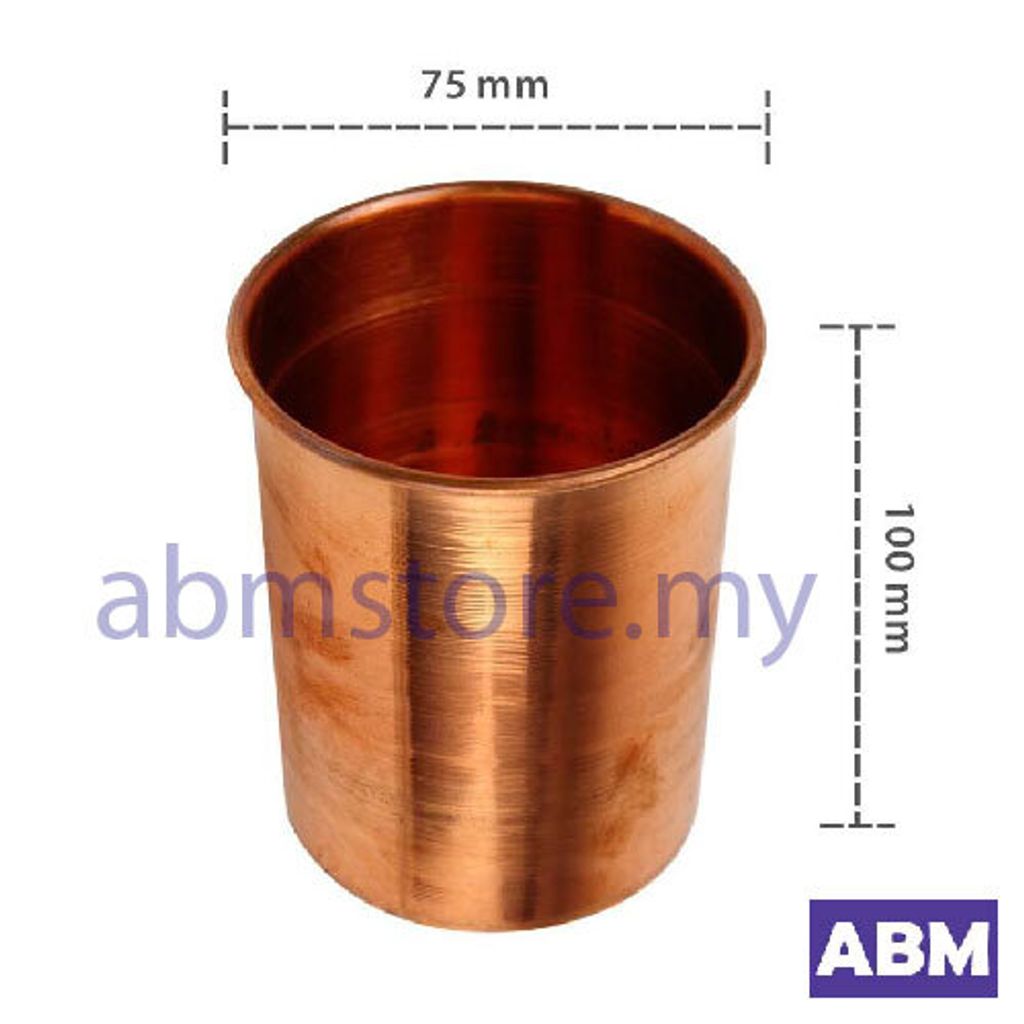
Copper Can 75 x 100mm (250-300ml)
Uses of a Copper Can in Laboratory
Calorimetry (Measuring Heat)
Copper cans are commonly used as calorimeters because copper is:
A good conductor of heat (quickly reaches thermal equilibrium).
Chemically stable with water and many solutions.
Example: Mixing hot and cold water to determine specific heat capacity.
Specific Heat Capacity Experiments
To determine the specific heat capacity of metals or liquids.
Copper can itself has a known, relatively low heat capacity, so it doesn’t significantly distort results.
Latent Heat Experiments
Used to measure latent heat of fusion of ice or latent heat of vaporization of water.
Ice is placed inside the copper can, and the heat absorbed is measured.
As a Container in Physics/Chemistry Practical Work
Sometimes used for holding liquids during heating, cooling, or weighing in thermal experiments.
Why Copper?
High thermal conductivity → ensures even distribution of heat.
Low specific heat → minimizes error in heat transfer experiments.
Non-reactive with water (does not corrode quickly like iron).
Durable and easy to clean.
